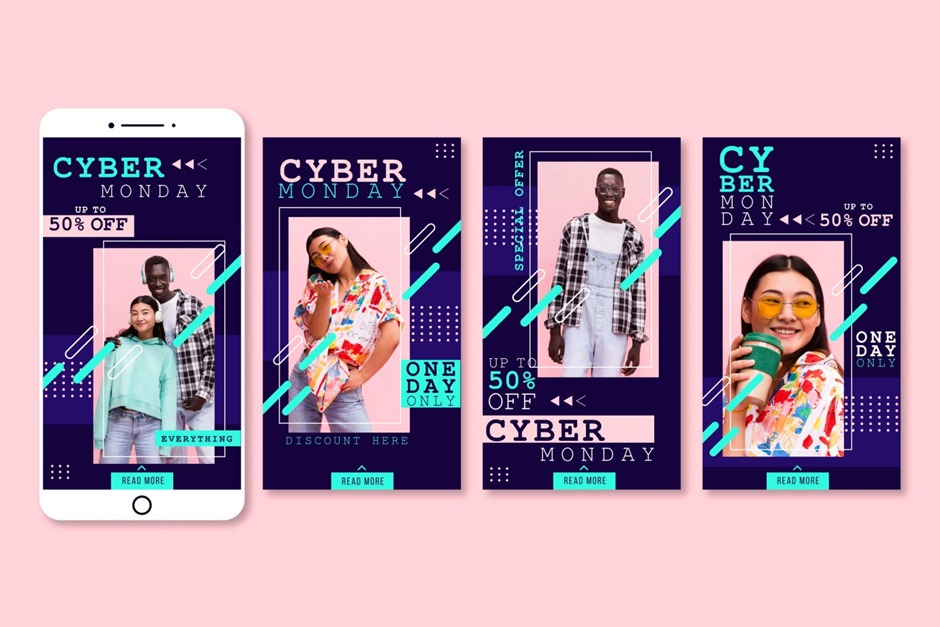Social media has revolutionized the way we shop, and Instagram, with its visually-driven platform, has become the go-to space for fashion inspiration. It’s not uncommon to see influencers posing in trendy outfits, showcasing their latest collaborations with luxury brands. However, behind the carefully curated photos and flashy giveaways, a dark reality is emerging: the rise of fashion fraud on Instagram.
1. Influencers Promoting Counterfeit Luxury
With millions of followers, influencers hold significant sway over their audiences. Many endorse products ranging from clothes to accessories, often featuring high-end luxury brands. However, an increasing number of influencers are promoting counterfeit goods—luxury items that are far from authentic. The scammers use influencers to sell fake designer items, knowing that consumers trust their recommendations. These fake goods often look like the real deal in photos, but when received, they’re poorly made replicas that fail to live up to the advertised quality.
2. The Danger of Sponsored Posts and Paid Partnerships
One of the most common ways that counterfeit goods are marketed on Instagram is through sponsored posts or paid partnerships. Influencers are often paid to feature certain products, but in some cases, they’re either unaware or complicit in promoting counterfeit fashion. The result is a harmful cycle where unsuspecting followers purchase these items, only to receive subpar knock-offs.
What’s worse is that these influencers often don’t disclose when an item is a paid promotion, making it difficult for their followers to discern whether the products they’re showing off are authentic. Some even promote "exclusive" or "limited edition" items, further luring in unsuspecting buyers who are eager to score a deal on luxury fashion.
3. Fake Giveaways: The Bait-and-Switch Tactic
Another scam gaining traction on Instagram is the fake giveaway. In this tactic, influencers promise to give away high-end items—often designer bags, shoes, or accessories—in exchange for users tagging friends, liking posts, or following certain accounts. These giveaways often turn out to be scams, with no real prizes ever delivered. Instead, the influencer may use the engagement to increase their own brand's visibility or to collect personal data from entrants, which can then be sold or misused. In some cases, winners never receive the promised items, while others are sent counterfeit replicas that are far from the luxury goods they were led to believe they’d win.
4. The Issue of Fake Resale Shops
Influencers also play a key role in promoting fake luxury resale shops. These shops often promise authenticated designer items at discounted prices, attracting buyers who are looking to save on luxury fashion. But many of these so-called “resale shops” are actually selling counterfeit items. Influencers may post about these fake shops or partner with them for sponsored promotions, unknowingly (or knowingly) feeding into the scam. This has led to a rise in consumer complaints and fraud investigations, as many buyers find themselves with fake items and no recourse for a refund.
5. How to Protect Yourself from Instagram Fashion Scams
To avoid falling victim to Instagram fashion fraud, there are several steps consumers can take:
- Do Your Research: Always verify the authenticity of the influencer’s endorsements. Check if they have a history of promoting legitimate brands. If an offer seems too good to be true, it probably is.
- Ask for Proof of Authenticity: If you’re purchasing a luxury item via Instagram, ask the seller for a certificate of authenticity. Real luxury brands will provide one.
- Shop with Trusted Retailers: Stick to official brand websites, authorized retailers, or reputable resale platforms. If you’re buying second-hand items, platforms like The RealReal or Vestiaire Collective are more likely to sell authenticated luxury goods.
- Report Fraudulent Accounts: If you spot an influencer or shop promoting counterfeit items, report them to Instagram immediately. Instagram has taken steps to combat counterfeit goods but relies on users to help identify fraud.
6. The Role of Fashion Brands in Combatting Fraud
While consumers play a crucial role in avoiding scams, luxury brands must also do their part in fighting back. More and more fashion brands are teaming up with Instagram to prevent fake goods from being sold through the platform. These companies are cracking down on counterfeiters and taking legal action against those who use social media to distribute fake fashion. Some brands are also incorporating security features like QR codes or RFID tags to verify the authenticity of their products.
Conclusion
Instagram has undoubtedly changed the way we shop and discover new trends, but with this rise in digital shopping, the fashion industry has seen an increase in fraud. Influencers, while often well-intentioned, are being used as pawns in a larger scheme to deceive consumers into buying counterfeit luxury goods. To protect yourself, always be cautious of influencer endorsements, verify the authenticity of products, and report suspicious activity. Stay informed, and remember—if a deal seems too good to be true, it probably is.

